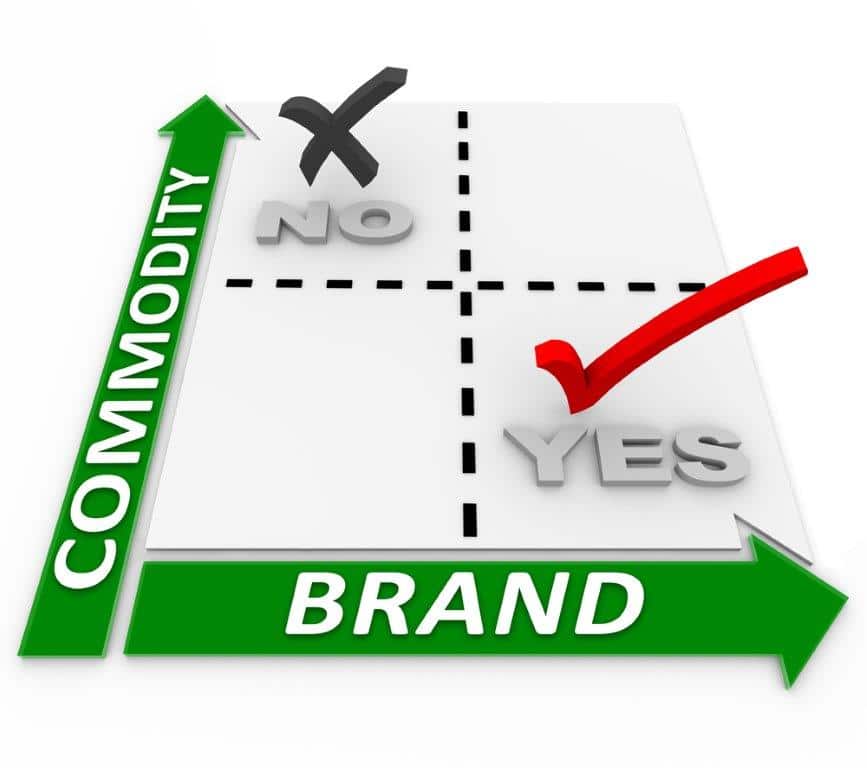 Brand Vs Commodity
Brand Vs Commodity
The difference between a brand and a commodity is loyalty. There are folks who know that the Samsung may do more than the iPhone, but they are loyal to the iPhone. It’s their brand and no matter if it costs more or does less, if it’s not an iPhone, they won’t buy it.
Why Build a Brand
There are very good reasons why most packaged consumer products are branded with the producers’ brand rather than the retailers’ brand: they can’t be held ransom by a retailer; the brand is known outside of any one particular retailer; it’s already in demand and has a loyal following. The loyalty to the brand is generally stronger than the loyalty to the retailer. Consumers can demand that their retailer carries “their” brand, or threaten to take their business elsewhere. Retailers know this and have to carry popular brands at competitive prices to attract and keep those brand fans in their stores.
Why Retailers Want to Sell Their Own House Brands
Retailers, on the other hand, feel they are held hostage by the name brands. They want to make more on the commodities than name brands represent by selling generic products or their own house brands (also known as control brands, own brands, and store brands). Then they can underprice the name brands and attract consumers looking to save a few bucks. They often compare their house brands to the name brand as if to say, “Why spend more for the same commodity?”
This retailers’ tactic actually works with certain customers who value the price more than the brand promise or the perceived value of a name brand in the same category. It works with customers who don’t shop anywhere else and don’t know that the house brand in their store is not found anywhere else. It also works on certain commodities better than others. Fresh veggies are less likely to be branded. Certain toiletry and drug items seem to be more susceptible to brand erosion by lower-priced house brands. Many hardware items tend to be generic or house brands.
But who makes these house brands anyway?
Surprisingly, in many cases, it’s the name brand producers themselves. For short-term financial reasons or ignorance of the consequences, many brand builders fall into this trap. Tempted by large purchase orders, they label their commodities with a retailer’s house brand. They quickly become dependent on those big, regular checks. Then they are surprised when their retail customer shops their price to other producers and forces them to lower their prices – or be discontinued. And the price squeeze is on!
And therein lies the lesson. Don’t be a supplier for a house brand. Don’t sell commodities. You will get into a price race for the bottom just to save your business. Be a brand builder and commit yourself to the more challenging task of building a following. Master distribution so you will be available at many retailers and won’t be held captive by one retailer. And over deliver on your brand promise. That is how you build a brand.
Brands are worth more than the commodities they represent.
Your customers will be more loyal to your brand than to the commodity, or the retailer from whom they bought it. A name brand with a loyal following is worth a lot more to an acquirer than a commodity producer selling a house brand to a retailer. For your brand’s security, brand equity and customer loyalty, you must be a brand builder, not a just a commodity producer of a house brand.


